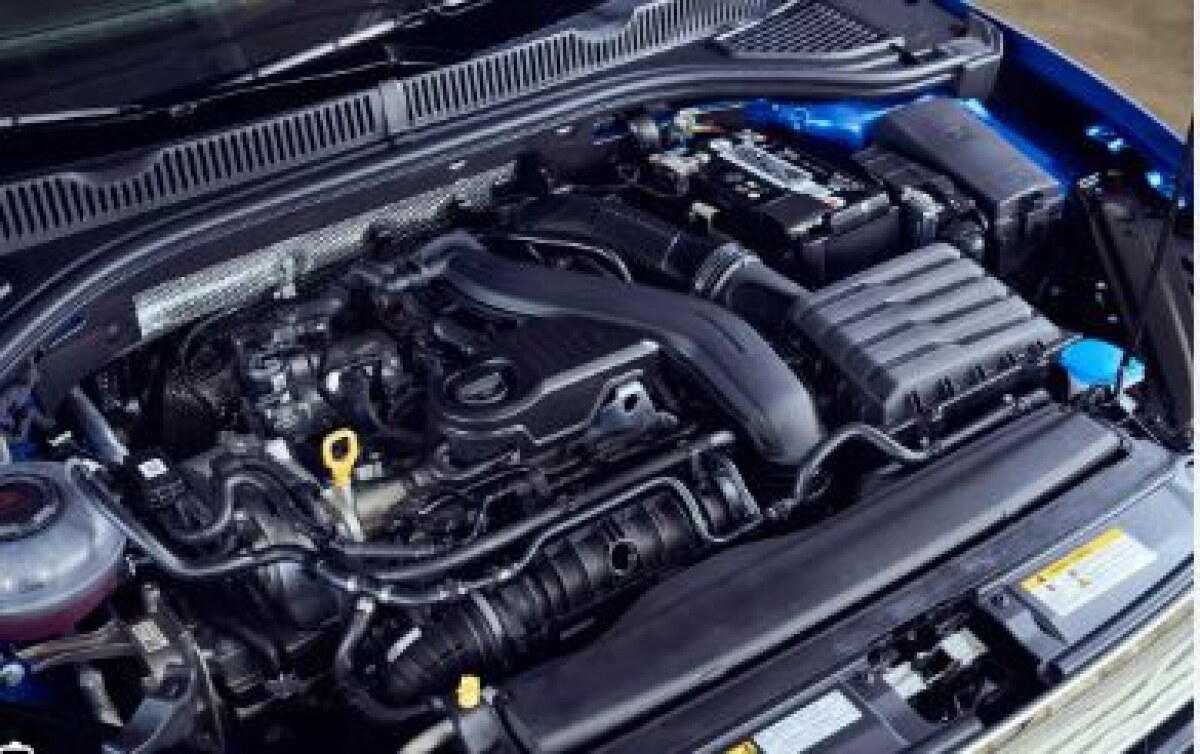Global Automotive Micro Motors market size was USD 17.26 billion in 2023 and the market is projected to touch USD 25 billion by 2032, at a CAGR of 4 % during the forecast period. The global automotive micromotors market is experiencing rapid growth due to factors such as the government’s aggressive promotion of electric vehicles to reduce carbon emissions, consumers’ growing preference for luxury cars, and advancements in brushless micromotor technology. Automotive micromotors can be used in various Types of vehicles, such as electric sunroofs and power antennae. Due to rising per-capita disposable income and consumer preference for car models having cutting-edge amenities like sunroofs, the market for automotive micromotors is growing.
The demand for automotive micromotors and their mass production is being driven by advancements in automotive features like automatic air vent movement to pass air in pipes that distribute water to avoid damage (corrosion, pockets of air in radiators), both front and rear mirror control, as well as seat adjustments in all segments. Two engines (IS-94BZA and IS-92BZA) for light-electric cars were designed by Mabuchi Motor. The new goods are small, light, have a high output, and are very efficient. due to the rise in the market for electric automobiles as well as consumers’ growing inclination to purchase luxury and high-end vehicles like sports utility vehicles (SUVs). There are now more opportunities in the automotive business because to recent advancements in the design of small, highly efficient motors. The automotive micromotor industry is expected to grow at an explosive rate due to its wide range of uses in vehicles, such as electric sunroofs. Additionally, due of their lightweight design which automakers find highly desirable a lot of advanced DC brushless micromotors are predicted to reach the market.
Global Automotive Micro Motors report scope and segmentation.
| Report Attribute | Details |
| Base Year | 2023 |
| Forecast Years | 2024 – 2032 |
| Estimated Market Value (2023) | USD 17.26 Billion |
| Projected Market Value (2032) | USD 25 Billion |
| Segments Covered | By Technology, By Type, By Power Consumption, By Application & By Region. |
| Forecast Units | Value (USD Million or Billion) |
| Quantitative Units | Revenue in USD million/billion and CAGR from 2024 to 2032. |
| Regions Covered | North America, Europe, Asia Pacific, Latin America, and Middle East & Africa. |
| Countries Covered | U.S., Canada, Mexico, U.K., Germany, France, Italy, Spain, China, India, Japan, South Korea, Australia, Brazil, Argentina, GCC Countries, and South Africa, among. |
Global Automotive Micro Motors dynamics
The factors influencing the dynamics of the Global Automotive Micro Motors market include regulatory mandates, technological advancements, and increasing industrial safety awareness. Growing demand and utility from a variety of sectors and market categories are the main factors driving the global automotive micro motor market. Due to the growing trends in the automotive industry as well as the ongoing development of technologies like automation and 3D printing, there is a need for environmentally friendly equipment to achieve optimal operations. The future looks bright for the micro motor industry with new products like the EVALSP820-Xs made by STMicroelectronics that expand the accessibility of 3D printing with small and affordable solutions for quick prototyping. Zhengke’s DC phase geared micro motor is designed for use in computerized windows, doors, and other types of electrical home equipment because it includes a self-locking torque that enables the shaft to stop rotating when the electricity is switched off. One of the main reasons anticipated to drive the growth of the automotive micro motor market is the increasing automation of the sector. The market expansion for automotive micromotors is expected to be constrained by the high setup costs associated with automated production, which uses these micromotors, and by the high value of protecting brushed DC motors.
Global Automotive Micro Motors drivers
Growing Demand for Advanced Automotive Features and Electrification
The market for automotive micromotors is significantly driven by the general trend toward vehicle electrification and the growing customer preference for automobiles with cutting-edge features. A large number automotive systems, including infotainment, HVAC, power windows, and seat adjustments, depend on micromotors as essential components. Customers’ need for additional comfort, simplicity, and security features in their cars is driving up the need for micromotors. The trend toward electric cars (EVs) further increases the need for micro motors because EVs primarily depend on electronic parts and systems for propulsion, charge management, and other auxiliary uses. Micromotor integration in EVs improves performance and efficiency, that helps the market’s overall expansion.
Get Complete Report: https://organicmarketresearch.com/global-automotive-micro-motors-market
Increasing Production and Sales of Automobiles Globally
The worldwide automotive industry’s general growth, that is typified by increasing vehicle sales and production, is a major factor propelling the automotive micro motors market. Rising rates of urbanization and rising disposable incomes are driving up demand for cars in emerging nations, especially in Asia-Pacific, Latin America, & Africa. As the automotive industry expands, there is a growing need for micro motors along with additional components. Manufacturers’ emphasis on producing cars that meet stringent fuel economy and pollution standards is driving the development of micro motors, that lighten vehicles and boost energy efficiency.
- Restraints:
High Production Costs and Price Sensitivity
The expensive manufacturing expenses of sophisticated micromotors. Precision engineering, premium materials, and sophisticated manufacturing techniques are required in the production of micro motors, which may result in higher costs. The cost is further increased by the need for complex control electronics and software for the integration of micro motors into various vehicle systems. In the fiercely competitive automotive industry, manufacturers face ongoing pressure to curtail expenses and uphold competitive pricing. Micro motors can be prohibitively expensive, especially in countries where consumers are price-sensitive and frugal. The adoption of sophisticated micro motor technologies may be constrained by this cost pressure, particularly in the low- to mid-range car segments, which would inhibit market expansion.
Technical Challenges and Reliability Issues
In automotive uses, where they must endure harsh working conditions such high temperatures, strong vibrations, and elevated moisture content, micro motor efficiency and dependability are critical. Maintaining the robustness and dependability of micromotors in these kinds of settings presents considerable technological difficulties. Micromotor malfunctions can affect the overall performance and safety of a vehicle by causing essential vehicle systems to malfunction. Moreover, developments in micro motor technological advances, including smaller size and higher power density, complicate the process of designing and producing them and increase the risk of technical issues. Micromotors may not become widely used as a result of these reliability issues since consumers and automakers prefer parts with a track record of dependability and performance. Many firms may find it difficult to make the ongoing investments in research and development necessary to overcome these technological obstacles.
- Opportunities:
Growing Adoption of Electric and Hybrid Vehicles
The move to electric and hybrid vehicles has created a large opportunity for the automotive micromotor sector. These vehicles’ propulsion, charge management, and various auxiliary operations are mostly handled by electric systems and components. Many of these applications such as electric power steering, regenerative braking systems, active suspension systems, and electric turbochargers depend heavily on micromotors. The adoption of hybrid and electric cars is being fueled by the increased focus on lowering carbon emissions and attaining improved fuel efficiency, which is increasing the demand for sophisticated micro motors. The shift to electric mobility is also being accelerated by government subsidies and incentives for EVs as well as strict emission restrictions, which is fostering an atmosphere that is conducive to the growth of the micro motors market.
- Segment Overview
By Power Consumption, The Automotive Micro Motors market is segmented into Below 11 V, 12 – 24 V, 25 – 48 V, above 48 V. 10V-20V led the market in 2023 with a 33.5% market share, and it is expected to hold that position during the anticipated period of 2024–2023. The industry has been greatly impacted by the development of 10V–20V drive micro motors, which offer enhanced performance and versatility in a range of applications. These motors provide greater flexibility and efficiency for powering small-scale devices and machinery since they operate within the necessary voltage range. The batteries are perfect for use in industries including consumer electronics, robotics, vehicles, and airplanes because of their compact size and effective power source. In order to address a wide range of industrial & consumer requirements, the flexibility to operate across a greater voltage range provides adaptive performance in a number of operating scenarios. Furthermore, improvements in motor control technology have raised the 10V–20V drive micromotors’ accuracy, dependability, & energy economy, which has increased demand and acceptability across industries.
By Type, The Automotive Micro Motors market is segmented into AC, DC. AC motor led the industry in 2023 with a 65.5% market share, and it is expected to do so throughout the remainder of the projected period, which runs from 2024 to 2033. The primary driver of the micro motor market’s growth trajectory is AC motor drives. These drives enhance the performance and economy of micro motors in a range of applications by offering precise control over motor speed and torque. Micromotors can operate at their best speeds when AC motor drives are used, which boosts the overall dependability and efficiency of the system. Furthermore, advanced functions like position detection, variable speed control, and remote monitoring are made possible by the smooth integration of AC motor drives with automation systems. The needs of numerous industries, such as consumer electronics, robotics, automotive, & healthcare, can now be satisfied by micro motors. They are perfect for various applications because of their increased adaptability. Furthermore, as the emphasis on sustainability & energy economy grows, so does the need for AC motor drives, which allow micromotors to operate at maximum efficiency levels, reducing energy consumption & environmental effect.
Global Automotive Micro Motors Overview by Region
In 2023, North America held a commanding market share of more than 36% in the automotive micromotors sector. Due to strict emission restrictions, the region is focusing more on electric and hybrid vehicles, which has increased demand for micro motors to power various electric power consumptions. Notably, the adoption of electric vehicles has soared in the US; sales of these vehicles reached 600,000 in 2022, a significant rise over previous years. The demand for cutting-edge micro motors is rising as a result of big automakers spending in North America to set up factories for producing electric vehicles. This growth supports a healthy market for automotive micromotors and is in line with the area’s dedication to sustainable transportation solutions. The Asia-Pacific region’s luxury vehicle market is expanding due to rising urbanization rates and increasing disposable incomes of consumers. This, in turn, is driving up demand for automotive micromotors because they are used in various components, like electric sunroofs. In addition, as electric vehicles become more popular in China and India, the need for micromotors is growing because of their applications in a variety of parts that help to improve consumer convenience, like power seat adjusters and windows. The production of vehicles has increased significantly in recent years as a result of low production costs in nations like China. Additionally, one of the biggest exporters of autos and car parts is China. The demand for passenger automobiles in the area is predicted to increase as a result of increased auto production, which will also be expected to have a favorable effect on the development of automotive micromotors.
Global Automotive Micro Motors market competitive landscape
Leading companies such as Buhler Motor GmbH, ABB Group, Constar Micromotor Co. Ltd, Johnson Electric, Robert Bosch GmbH, Denso Corporation, Nidec Corporation, MITSUBA Corporation, IFB Automotive Private Limited and Continental AG. The market for automotive micromotors is dominated by fiercely competitive major automotive OEMs. To broaden their product offering, the producers introduce new ideas and products. One of the market leaders is Nidec Corporation, which provides a wide range of motors to a sizable global customer base across several industries. Businesses continually spend money on R&D to remain ahead of the competition and take advantage of new opportunities in the automotive sector. Manufacturers work together and invest in alliances in order to deliver superior products.
Contact Us:
Mob : +91 9319642100
Noida One Tower Sec 62 Noida 201301
Sales : sales@organicmarketresearch.com
Website : https://www.organicmarketresearch.com













